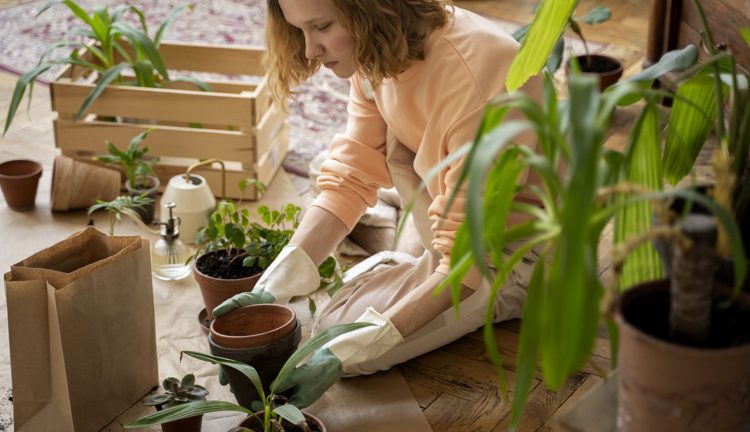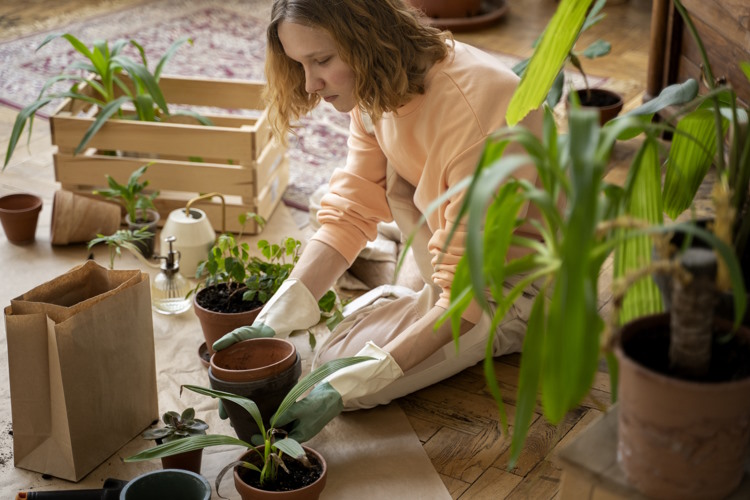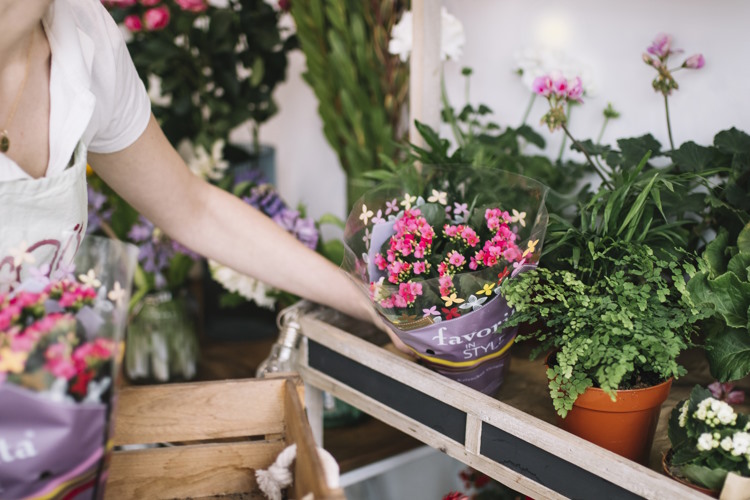Gardening is a gratifying and therapeutic pursuit. However, it can be daunting, particularly for neophytes. If you’re new to gardening, it’s imperative to commence with flora that is not only easy to cultivate but also simple to preserve. Blossoms are an excellent option, and there is a plethora of kinds that are perfect for beginners.
In this editorial, we will be discussing the top 10 straightforward-to-cultivate flowers for amateurs. Regardless of whether you possess a petite balcony or a capacious backyard, these flowers will supplement color and allure to your garden without requiring an excessive amount of labor.
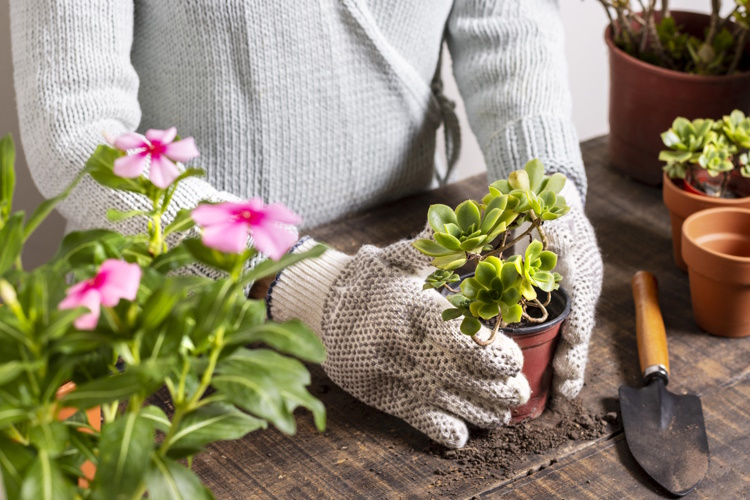
Top 10 Straightforward-to-Cultivate Flowers for Amateurs:
Marigolds:
Marigolds are uncomplicated to grow and come in a variety of hues, including amber, crimson, and ochre. They prosper in abundant sunlight and are resistant to vermin and ailments. Marigolds can be developed in planters or directly in the soil.
Pansies:
Pansies are an additional straightforward-to-cultivate flower that comes in a myriad of shades, including violet, ochre, and azure. They prefer cooler temperatures and can be sowed in both sunlight and shade.
Zinnias:
Zinnias are vivacious and ebullient flowers that come in an array of shades, from salmon to vermilion to canary. They are easy to cultivate and appeal to butterflies to your garden.
Sunflowers:
Sunflowers are a timeless flower that is facile to cultivate and augments a trace of effulgence to any garden. They grow swiftly and can reach altitudes of up to 10 feet.
Petunias:
Petunias are a prevalent flower that comes in a variety of hues, including pink, purple, and white. They prosper in abundant sunlight and are not labor-intensive.
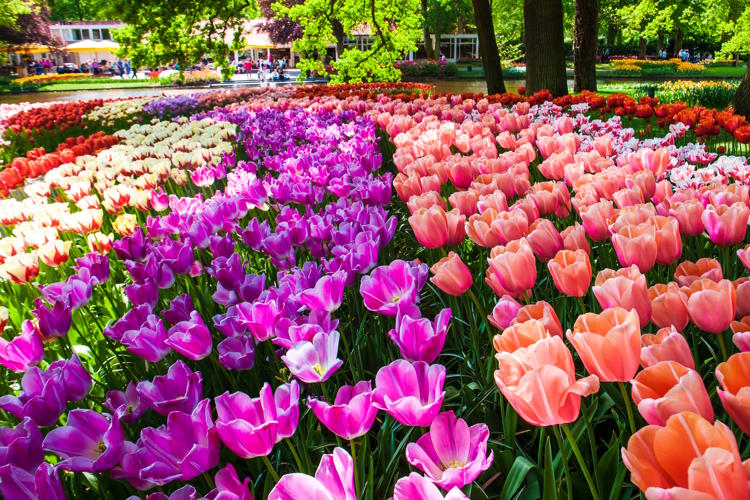
Nasturtiums:
Nasturtiums are a rapidly burgeoning flower that augments color and beauty to any garden. They come in a multiplicity of hues, including saffron, lemon, and crimson. Nasturtiums are also comestible and can be added to salads or used to garnish dishes.
Cosmos:
Cosmos are delicate and alluring flowers that come in an assortment of hues, from blush to ivory to lavender. They are straightforward to cultivate and appeal to bees and butterflies to your garden.
Alyssum:
Alyssum is a low-lying flower that comes in white, pink, and lavender. They prefer cooler temperatures and can be sowed in both sunlight and shade.
Black-Eyed Susans:
Black-eyed Susans are a vibrant and lively flower that augments color to any garden. They are uncomplicated to cultivate and appeal to butterflies to your garden.
Dahlias:
Dahlias are a remarkable flower that comes in an assortment of hues, from ruby to blush to ivory. They prefer abundant sunlight and are facile to cultivate.
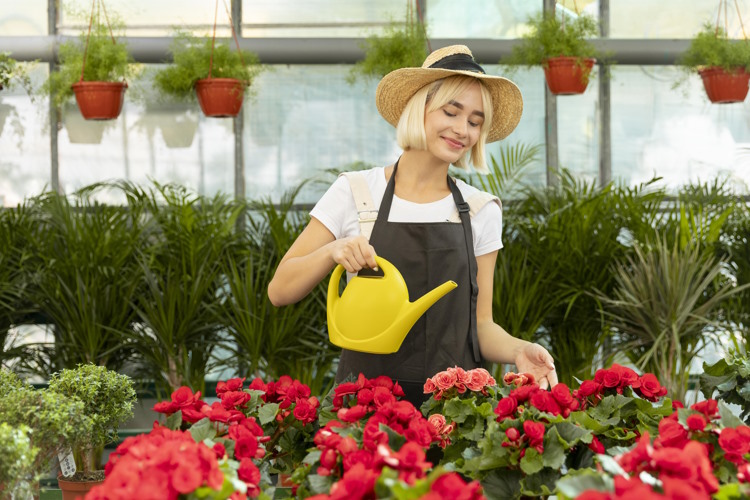
FAQs:
Q: What is the simplest flower to cultivate for beginners?
A: Marigolds are the simplest flower to cultivate for beginners. They prosper in abundant sunlight and are resistant to vermin and ailments.
Q: Can I cultivate flowers in planters?
A: Yes, numerous flowers can be cultivated in planters, including marigolds, petunias, and zinnias.
Q: Do I need to fertilize my flowers?
A: Yes, it’s imperative to fertilize your flowers to ensure robust growth. Use a balanced fertilizer once a month.
Conclusion:
Gardening can be a profitable and pleasurable pursuit, particularly when you’re cultivating easy-to-care-for flowers. The top 10 straightforward-to-cultivate flowers for amateurs are impeccable for those who are commencing with gardening.
